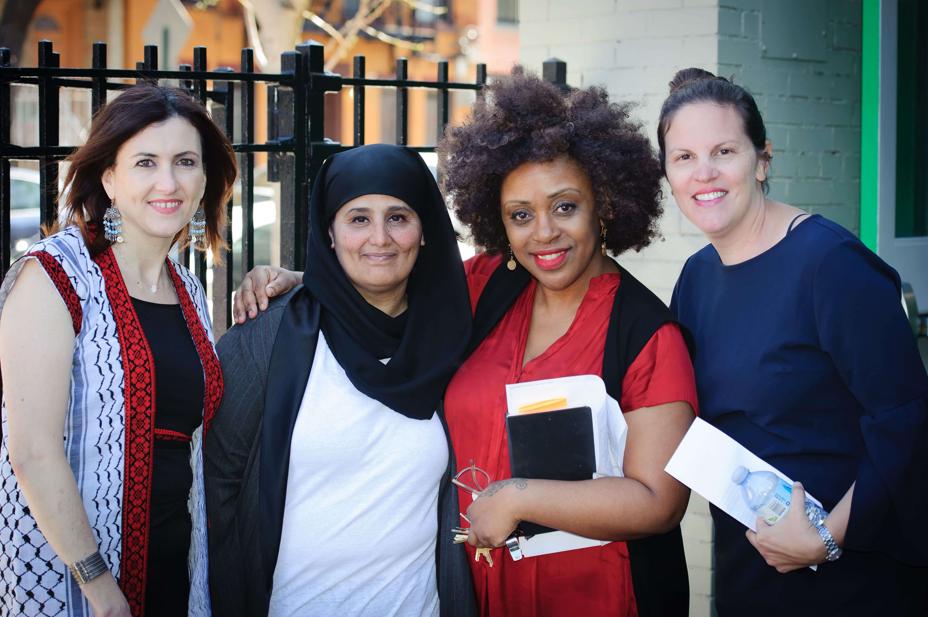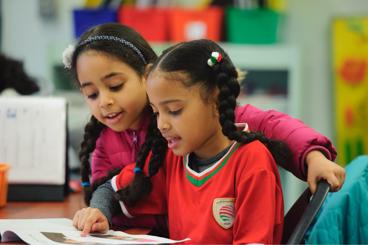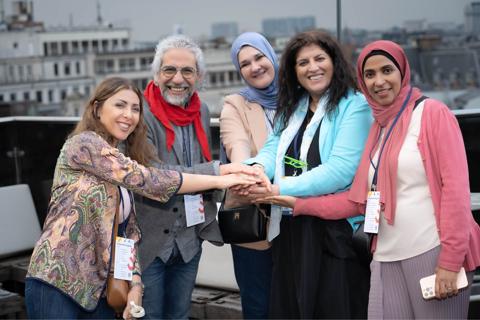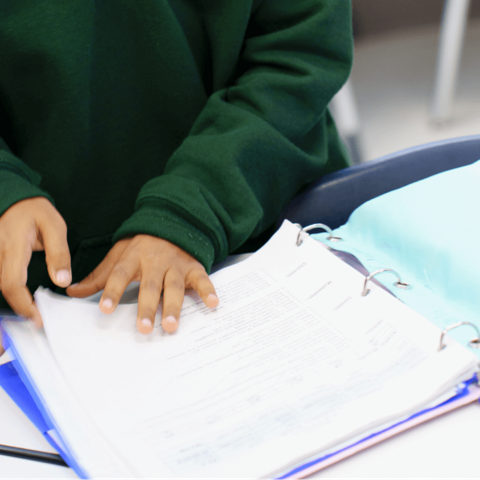
Something went Wrong
Try entering your email again or contact us at support@qfi.org
Try entering your email again or contact us at support@qfi.org
You’ll receive an email with a confirmation link soon.
QFI enables Arabic teachers to do their best work by giving them opportunities to grow professionally, build community, access resources, and engage their students in fun, creative ways.
Connect and collaborate with a community of Arabic educators at your local Arabic Teacher Council chapter. During each academic year, councils organize networking and professional development events, seminars, and webinars.
Participate in Arabic teaching workshops, lessons, certificate courses, networking events, and more.
Start an AHS club at your school and give your students the opportunity to deepen their study of Arabic, better their university prospects, and foster community with their Arabic-learning peers.
Get support in starting an Arabic club or Teacher Council, attending a training program, accessing resources and materials, and other programs to enrich your career—and your class time.
Jul 16, 2025 - Jul 18, 2025
Oxford, United Kingdom
Jul 23, 2025 - Jul 26, 2025
Durham, United Kingdom
Oct 10, 2025 - Oct 11, 2025
Rome, Italy
Nov 21, 2025 - Nov 23, 2025
New Orleans, United States
See all events






